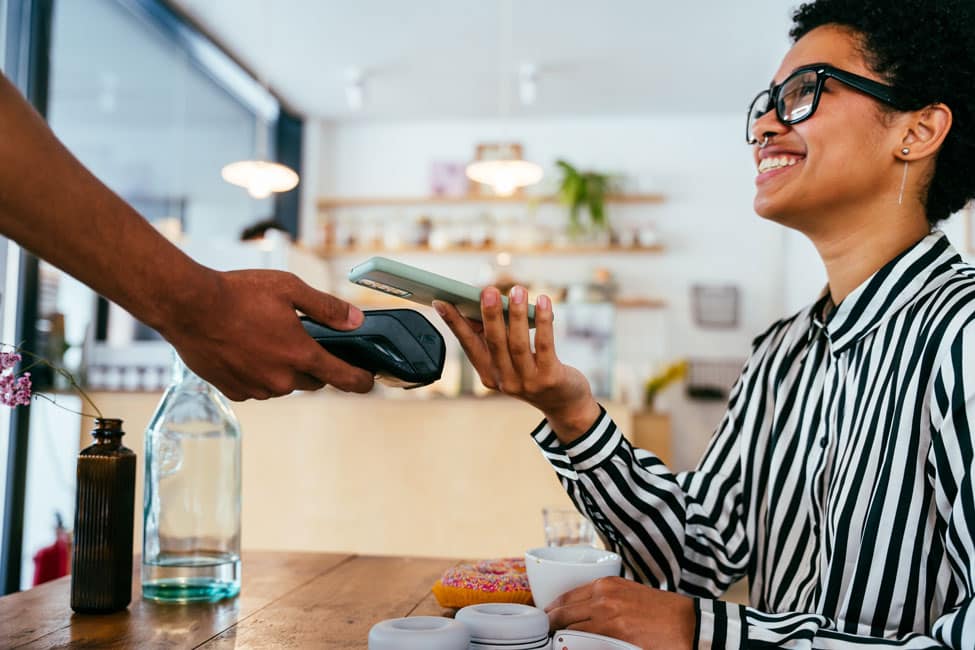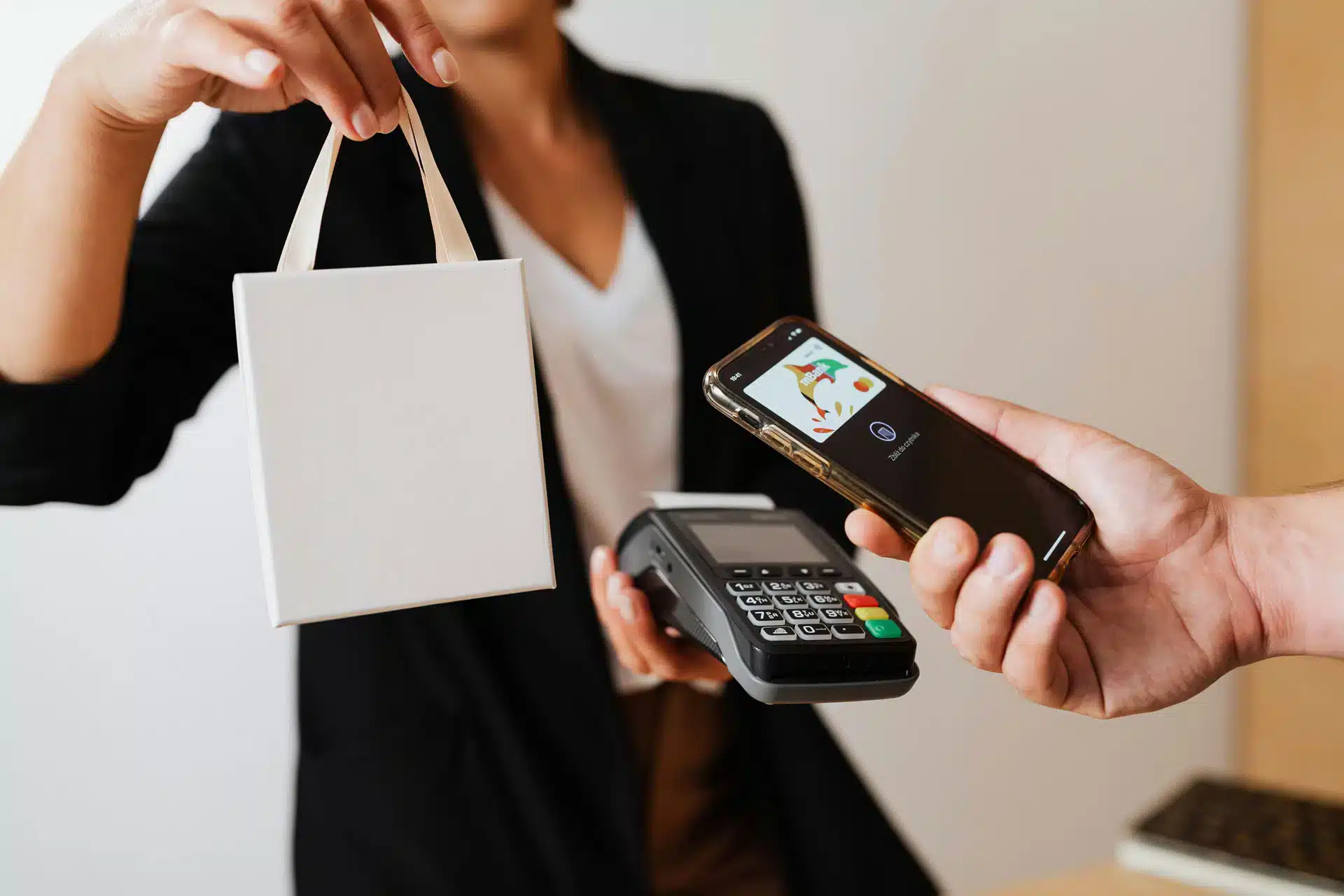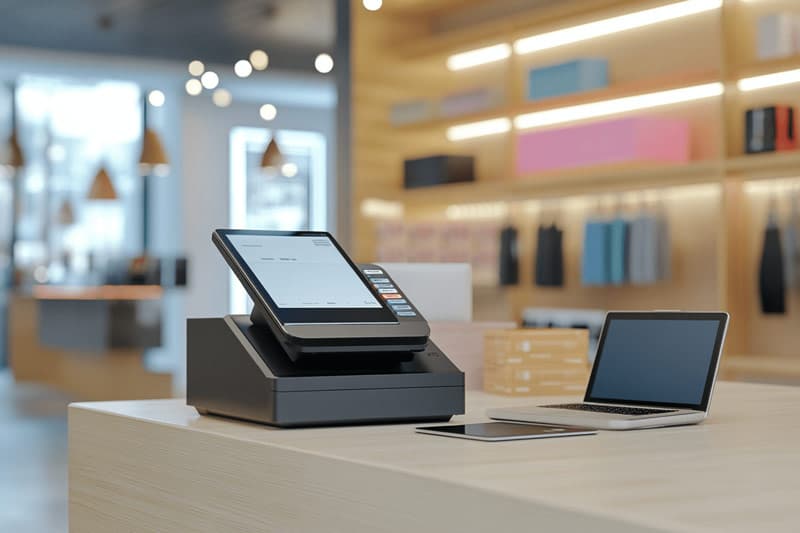Mobile wallets have become a dominant force in the payments industry, and 2025 is shaping up to be their most transformative year yet. As consumers demand faster, more secure, and more convenient ways to pay, businesses must adapt to shifting preferences or risk falling behind. Digital payment methods like Apple Pay, Google Pay, and proprietary in-app wallets are no longer just a trend—they’re a core part of modern commerce. This shift has major implications for merchant services, online POS systems, and payment processing strategies. In this article, we’ll explore how mobile wallets are evolving, what it means for merchants, and how you can prepare your business for the next phase of mobile-first transactions.
The Rise of Mobile Wallet Adoption
Over the past decade, mobile wallets have gone from niche to mainstream. In 2025, usage has expanded beyond tech-savvy consumers to include older demographics and global markets. Tap-to-pay has become the norm at retail counters, while digital wallets are now the preferred checkout method for ecommerce platforms. What’s driving this growth? Improved smartphone security, biometric verification, and streamlined UX have all contributed. More importantly, merchant services have matured to support mobile wallet compatibility at scale[1]. Payment processors and POS providers now offer seamless integrations with wallets to support contactless, online, and recurring payments. For businesses, this means offering mobile wallet options is no longer optional—it’s expected.
How Mobile Wallets Work Within Merchant Services
A mobile wallet allows customers to store payment credentials digitally on their smartphones or wearable devices. When a customer initiates a transaction, the mobile wallet generates a token—a one-time-use encrypted code—that replaces the actual card number. This token is transmitted via NFC (Near Field Communication) or through an online POS to the merchant’s payment processor. The processor then routes the transaction for authorization, just as it would with a physical card[2]. Because of this tokenization, mobile wallets offer a secure and fraud-resistant payment method. Merchant services that support mobile wallets must be equipped with the proper hardware and software to process these tokenized payments in real time.
Risks and Considerations for Mobile Wallet Implementation
Despite their advantages, mobile wallets do come with challenges for merchants. First, not all processors treat mobile transactions equally—some may charge higher fees for certain wallet providers or fail to fully support advanced authentication. Merchants must ensure their merchant services provider is certified to handle all types of mobile transactions. Additionally, mobile wallet dependency can introduce operational issues when devices fail or when connectivity is limited[3]. For businesses in rural areas or events without reliable signal, fallback payment options are still necessary. Finally, not all consumers have adopted mobile wallets yet, so phasing out traditional payment options too quickly can alienate certain customer segments.
Integrating Mobile Wallets Into Your Payment Strategy
To successfully implement mobile wallets, businesses must work closely with their merchant services provider to ensure compatibility and compliance. This includes verifying that your POS terminals are NFC-enabled, your ecommerce site supports browser wallets, and your backend reporting can track wallet-based transactions. Staff training is also essential—employees should understand how to process wallet payments and help customers troubleshoot. Additionally, businesses should consider marketing mobile wallet use to customers through incentives, such as discounts or loyalty points. Integration is not just about functionality—it’s about creating a smooth, branded experience that enhances trust and convenience at checkout.
The Future of Mobile Wallets in Merchant Services
Looking ahead, mobile wallets will likely become the default payment method in both physical and digital commerce. Emerging technologies like AI-powered spend prediction, voice-activated payments, and real-time bank transfers will be incorporated into wallet apps[4]. Merchant services will need to evolve to accommodate these features with upgraded POS systems, fraud tools, and unified commerce platforms. Businesses that treat mobile wallet adoption as a strategic priority—not just a technical add-on—will be better positioned to capture customer loyalty and streamline operations. As the lines blur between ecommerce and in-store experiences, mobile wallets will serve as the bridge unifying them.
Benefits of Mobile Wallets for Merchants
Businesses that embrace mobile wallet payments see measurable improvements in checkout speed, customer satisfaction, and transaction security. Mobile wallets drastically reduce the time it takes to complete a sale—especially in busy retail or quick-service environments. This leads to shorter lines and faster service. They also offer built-in authentication methods, like biometrics or PINs, reducing the risk of stolen card fraud. From a merchant services perspective, many mobile wallet transactions are processed at lower fraud risk levels, which may help maintain better processing rates. Additionally, digital wallets enable more robust customer engagement, including loyalty programs and personalized offers that integrate directly within the wallet interface.

Key Trends in 2025 Driving Mobile Wallet Innovation
Several major trends are shaping the evolution of mobile wallets this year. Merchants should be aware of these developments to stay ahead of customer expectations and payment industry standards.
Biometric Authentication as the Default
Face recognition, fingerprint scanning, and voice authentication are now standard on most devices. These methods not only improve security but also make mobile wallet payments more seamless. Consumers no longer need to enter passwords or verify payments manually.
Expansion into Wearables and IoT Devices
Smartwatches and other wearable tech are being used for contactless payments at a growing rate. Fitness bands, smart rings, and even connected glasses are entering the payment ecosystem. Merchants with NFC-enabled POS systems can already accept these payments.
In-App Wallets for Brand Ecosystems
Retailers and subscription services are building their own in-app mobile wallets, allowing for direct payment, loyalty tracking, and engagement within a closed system. Think Starbucks or Amazon Pay—this trend will grow as more brands try to own their customer’s wallet.
Cryptocurrency Integration
Select mobile wallets are now offering support for stablecoins or converting crypto assets into fiat currency at checkout. While still early, this trend signals increasing interest in flexible, borderless payment methods.
How Mobile Wallets Impact Online POS Systems
Ecommerce platforms must now treat mobile wallets as essential components of their checkout experience. Online POS systems are being retooled to prioritize one-click wallet payments, pre-saved credentials, and biometric verification. Cart abandonment drops when shoppers can pay using their mobile wallet without re-entering card details. Providers that offer mobile wallet integrations—like Stripe, Adyen, or Braintree—see higher conversion rates and lower fraud incidents. Merchants who ignore wallet integration risk alienating a significant portion of online shoppers[5]. In 2025, your online POS isn’t modern unless it supports Apple Pay, Google Pay, and wallet-based browser payments.
Final Thoughts
Mobile wallets aren’t just changing how people pay—they’re changing what customers expect from businesses. As 2025 unfolds, merchants that offer seamless, secure, and modern payment experiences will outperform those that don’t. By choosing merchant services that fully support mobile wallets and optimizing both your online POS and physical checkout systems, you can deliver the convenience today’s customers demand. Payment Nerds helps merchants in high-risk and traditional industries adopt forward-thinking payment technology that improves trust, reduces friction, and keeps your business ahead of the curve.
Sources
- Visa. “Mobile Payment Acceptance Best Practices.” Accessed June 2025.
- Federal Trade Commission. “Contactless Payments and Consumer Security.” Accessed June 2025.
- McKinsey & Company. “The 2025 Consumer Wallet: Digital, Distributed, and Demanding.” Accessed June 2025.
- Harvard Business Review. “How Digital Wallets Are Changing Retail Strategy.” Accessed June 2025.
- PCI Security Standards Council. “Mobile Payments Security Guidelines.” Accessed June 2025.











